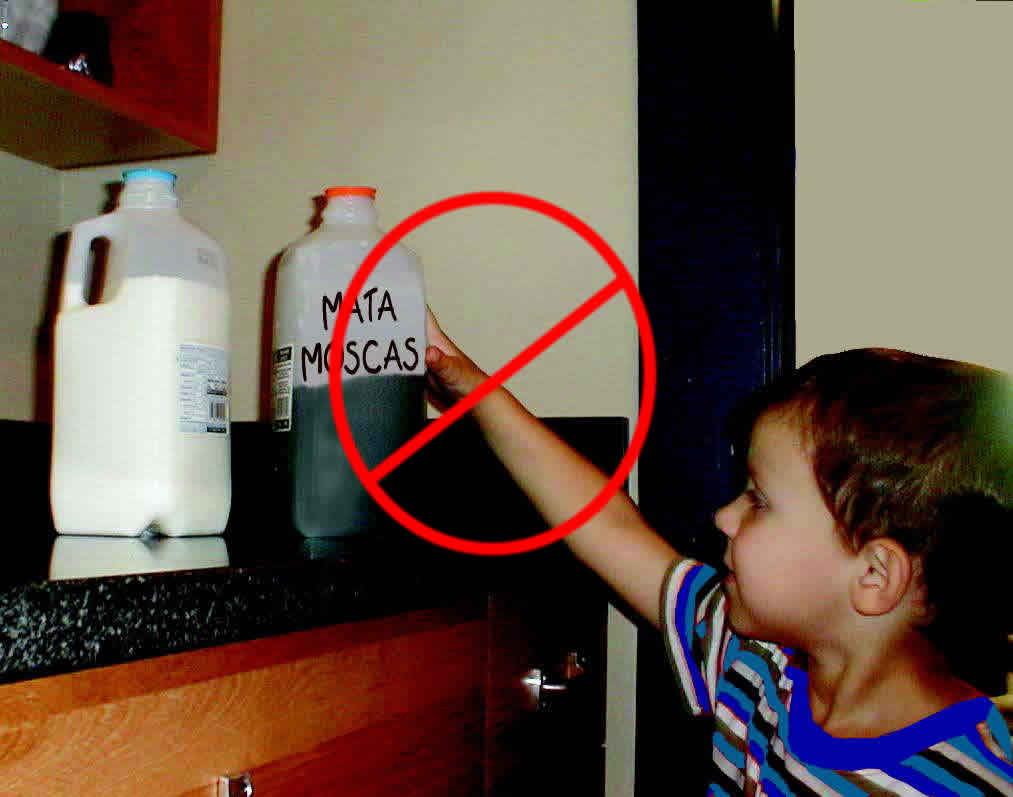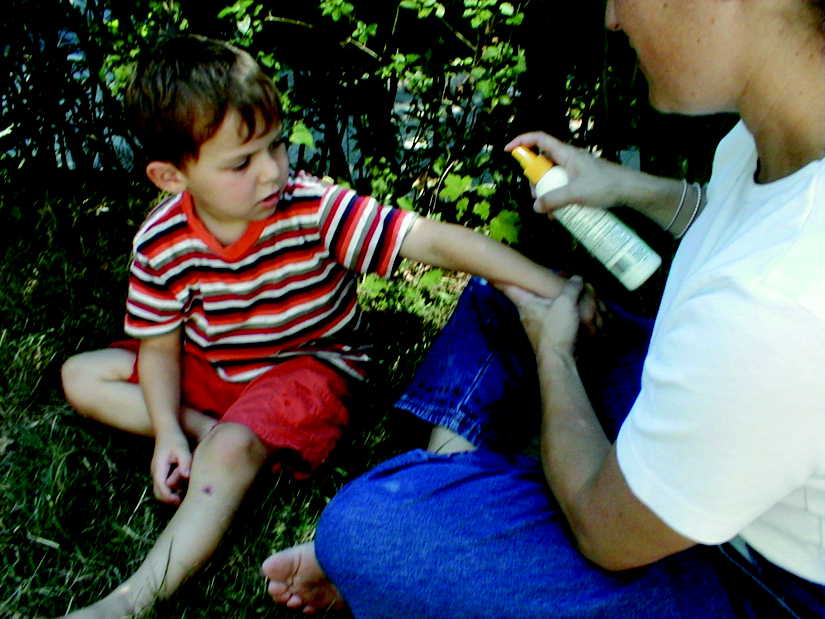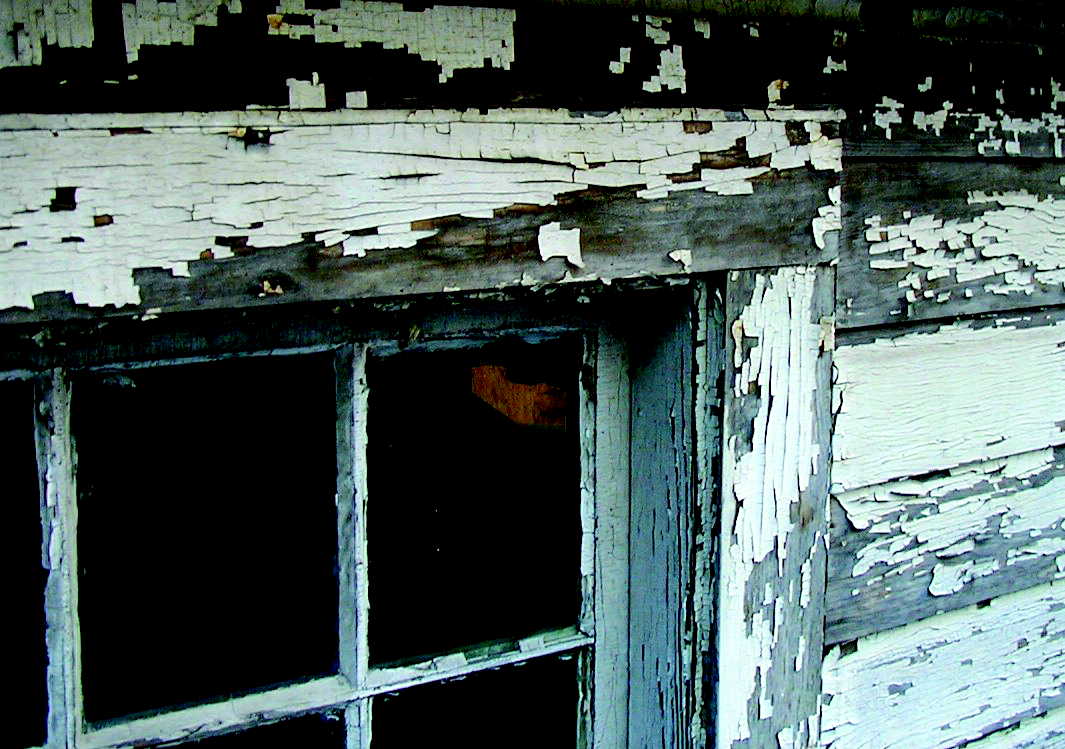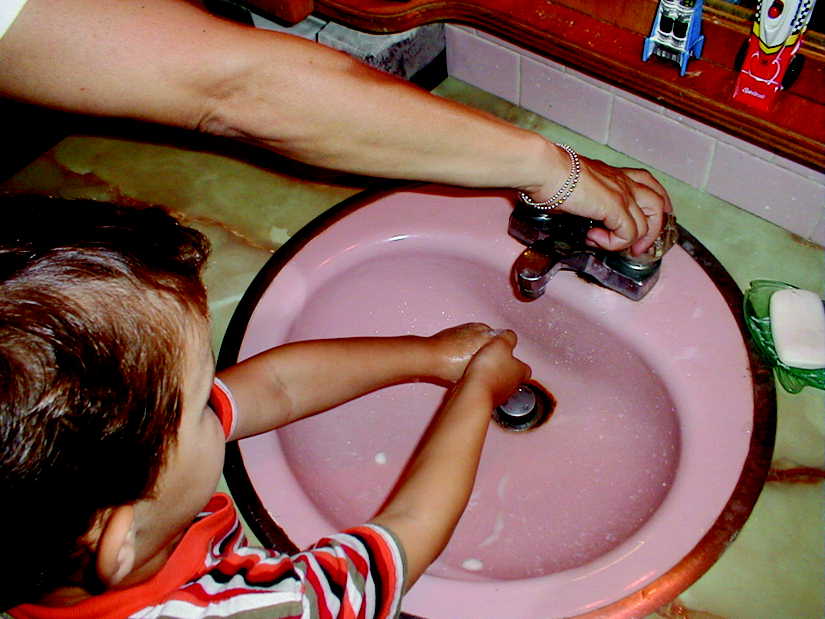|
 |
 |
10 Tips to Protect
Children from Pesticide and Lead Poisonings
En Espanol
These simple steps can help you save children
from environmental hazards around the home:
| 1.

Always store pesticides
and other household chemicals, including chlorine bleach,
out of children's reach
-- preferably in a locked cabinet. |
2. 
Read the Label FIRST!
Pesticide products, household cleaning products, and pet
products can be dangerous or ineffective if too much or too little
is used. |
|
3. 
Before applying pesticides or other household chemicals,
remove children and their toys, as well as pets, from the area.
Keep children and pets away
until the pesticide has dried or as long as is recommended on the
label. |
4. 
If your use of a pesticide or other household chemical is interrupted
(perhaps by a phone call), properly reclose
the container and remove it from children’s
reach. Always use household products in child-resistant packaging.
|
|
5. 
Never transfer pesticides
to other containers that children may associate
with food or drink(like soda bottles), and never place rodent or
insect baits where small children can get to them. |
6. 
When applying insect
repellents to children, read all directions first;
do not apply over cuts, wounds, or irritated skin; do not apply
to eyes, mouth, hands, or directly on the face; and use just enough
to cover exposed skin or clothing, but do not use under clothing. |
|
7. 
Many homes built before 1978 have lead-based paint.
If you plan to remodel or renovate, get
your home tested. Don’t try to remove lead
paint yourself. |
8. 
Ask about lead when buying or renting
a home. Sellers and landlords must disclose known lead hazards
in houses or apartments built before 1978.
|
9.

Get your child tested
for lead. There are no visible symptoms of lead
poisoning, and children may suffer behavior or learning problems
as a result of exposure to lead hazards. |
10.

Wash children’s
hands, toys, and bottles often. Regularly clean
floors, window sills, and other surfaces to reduce possible exposure
to lead and pesticide residues. |
For more information about pesticides, call the National Pesticide Information
Center (NPIC) at 1-800-858-7378. To order
publications, call the National Service Center for Environmental Publications
at 1-(800) 490-9198 or fax at 1-513-489-8695.
Please be sure to note the document title when ordering through NSCEP.
For more information about lead, and testing your child or home call
the National Lead Information Center at 1-(800) 424-LEAD, or visit
http://www.epa.gov/lead.
EPA 735-F-03-001
|

